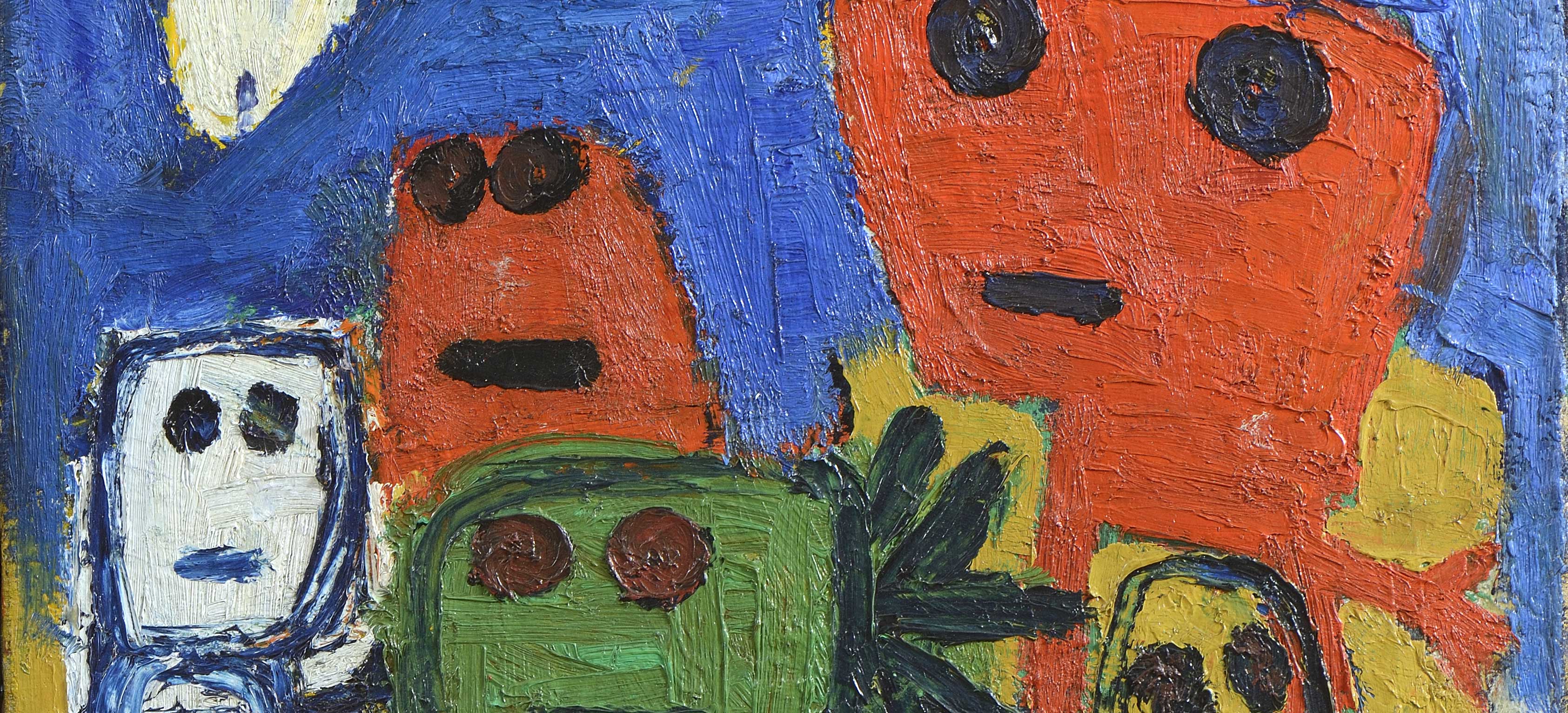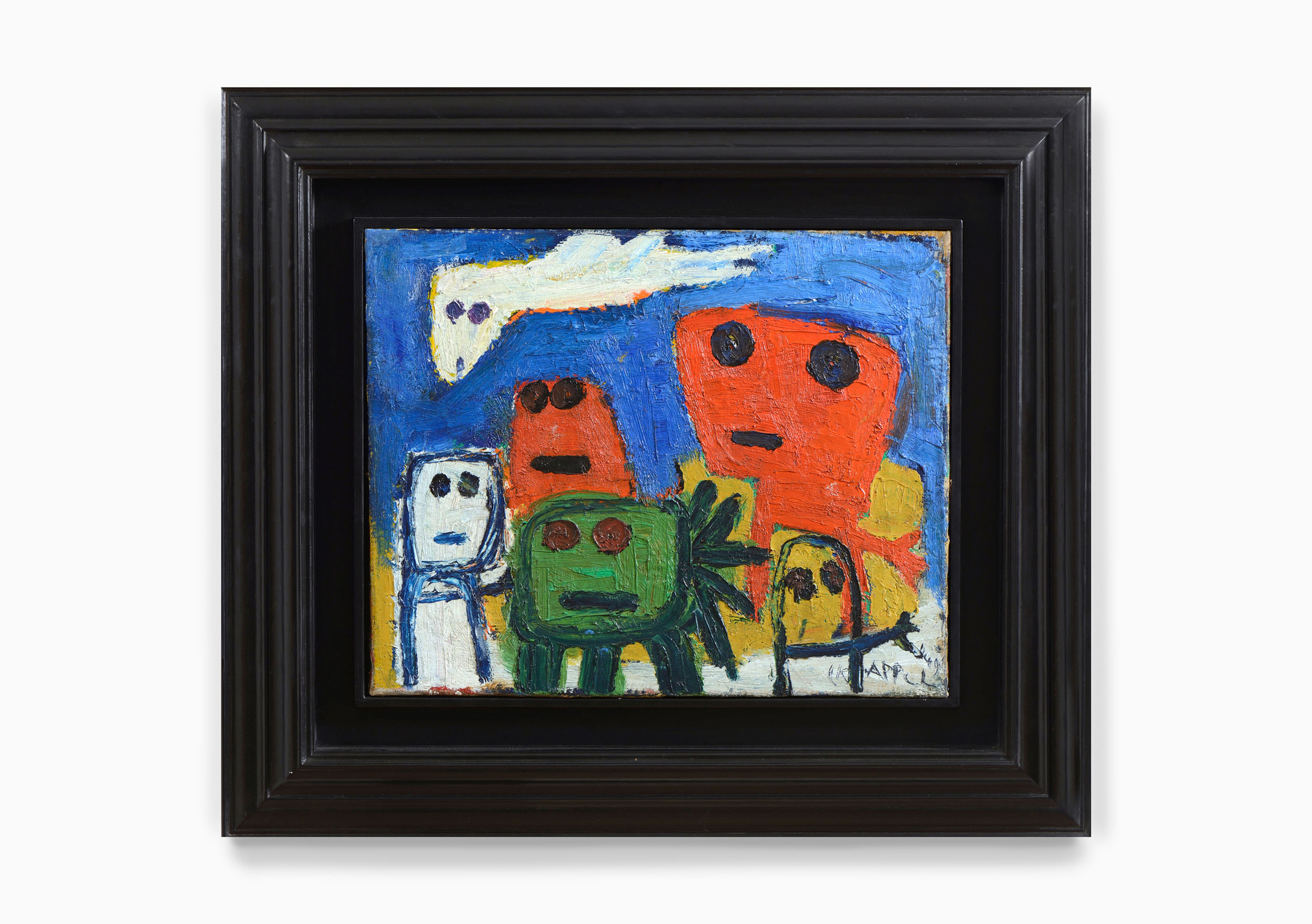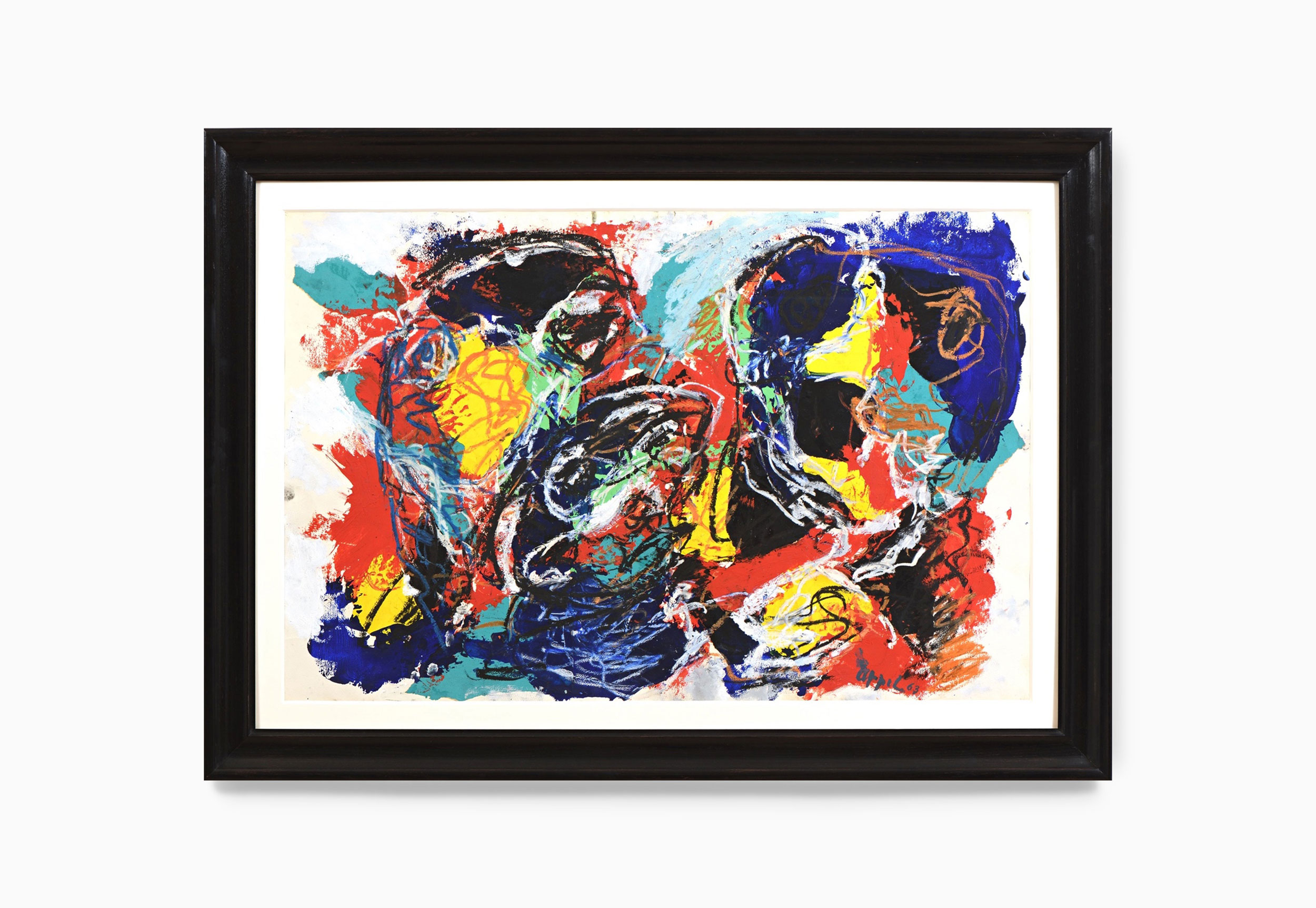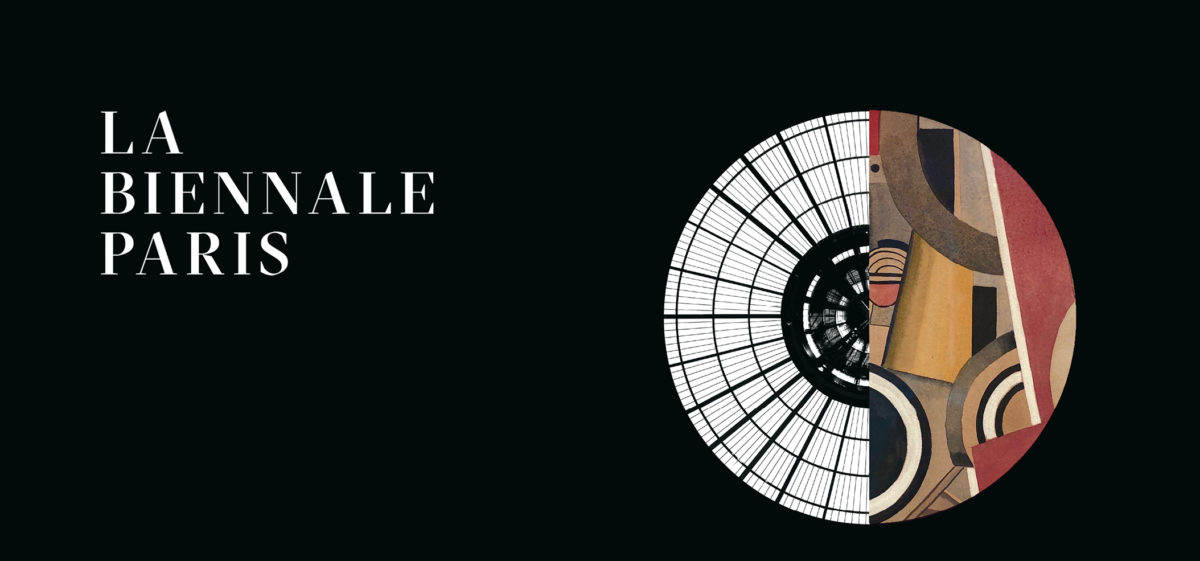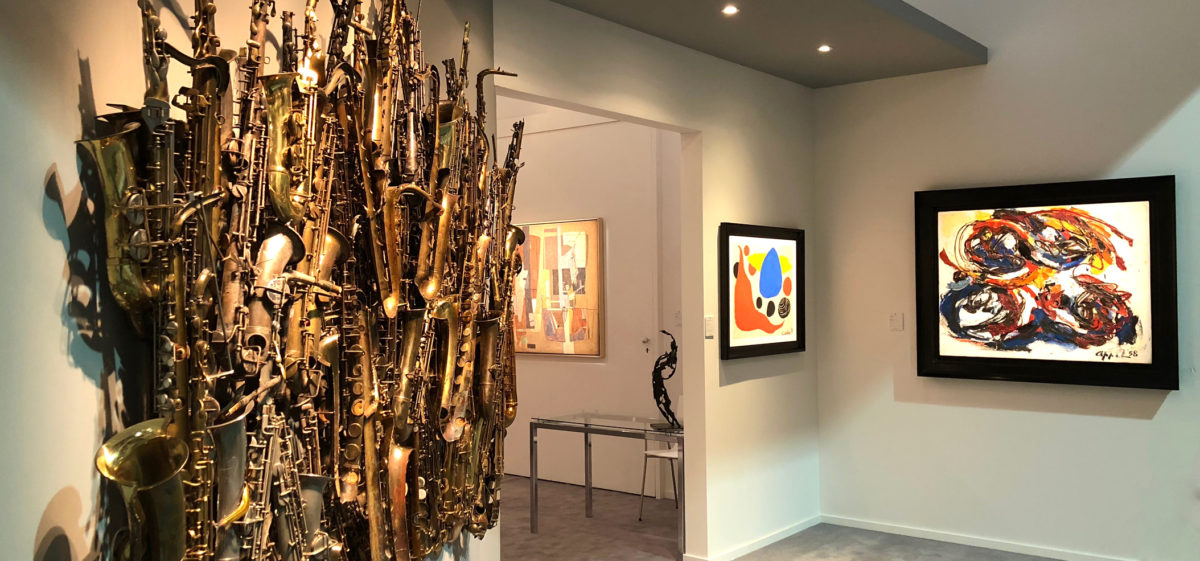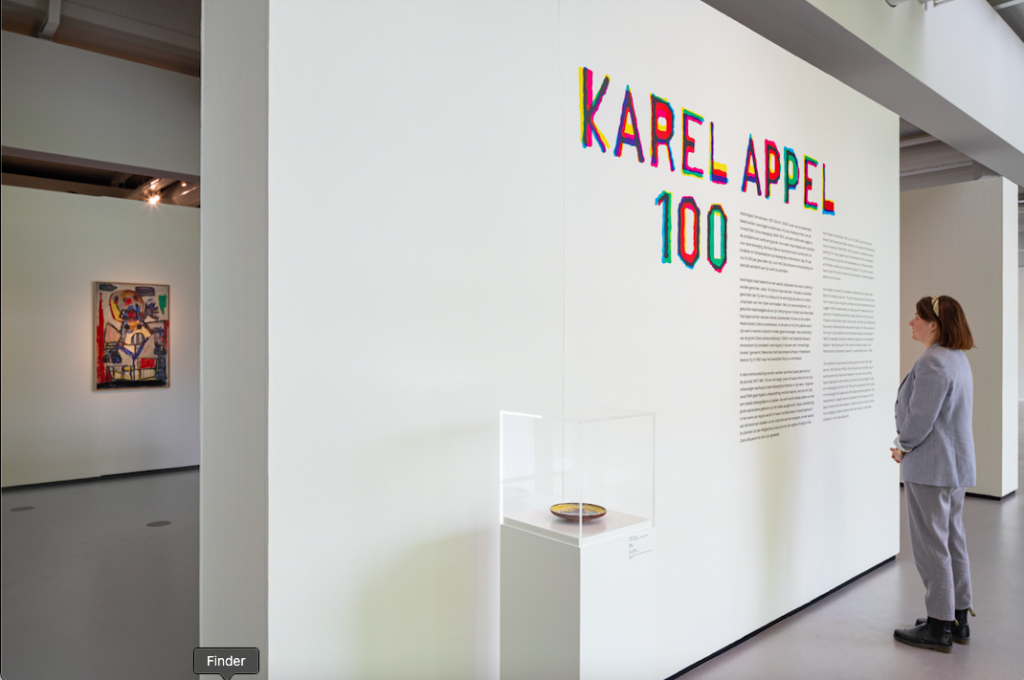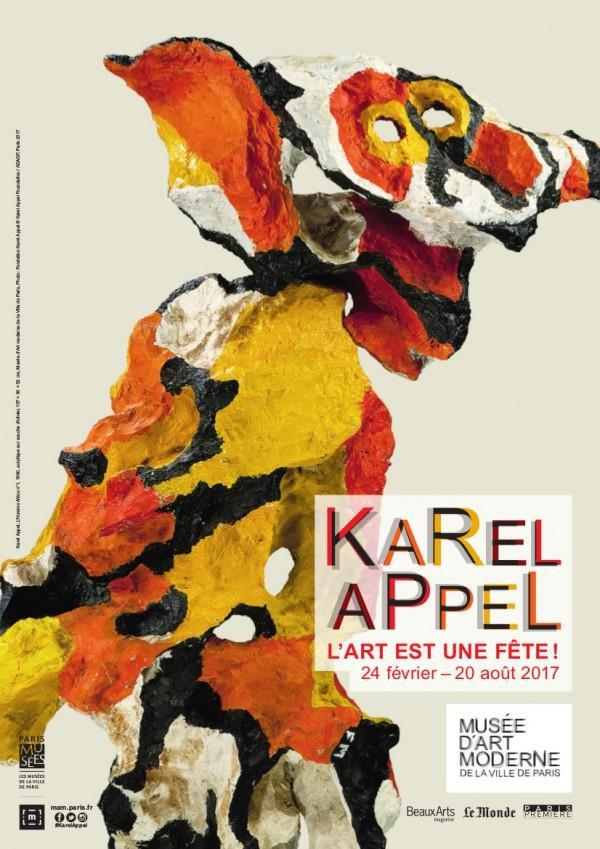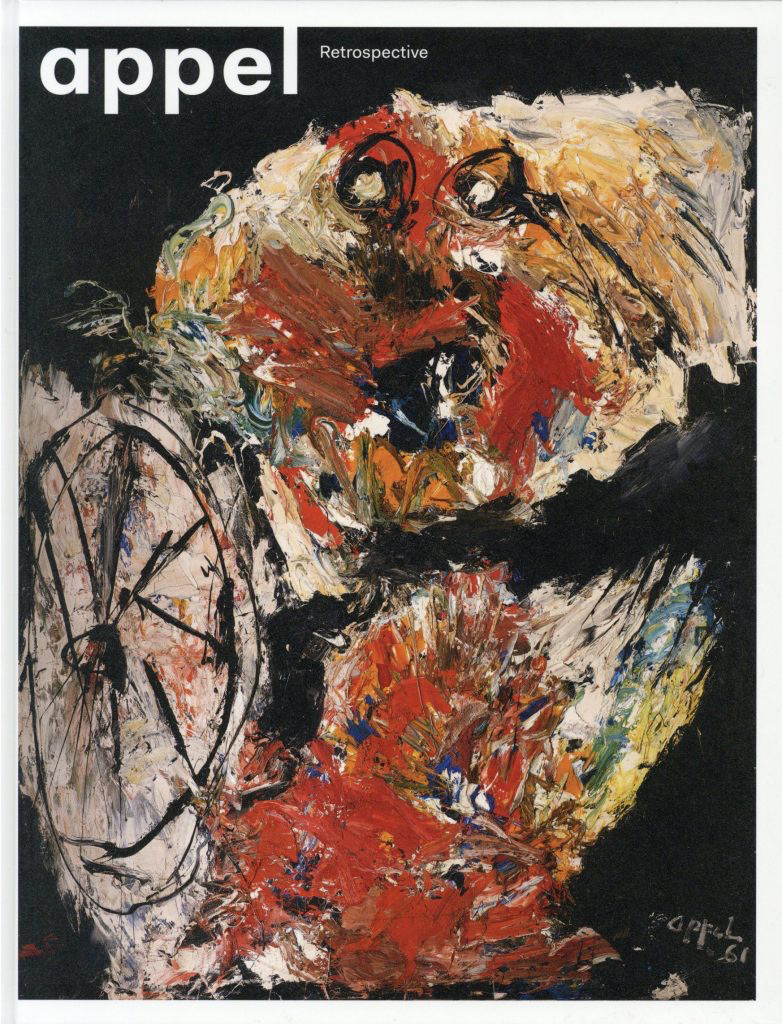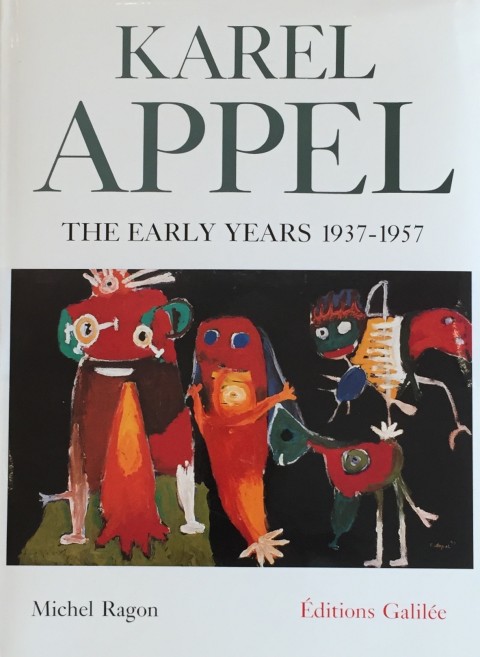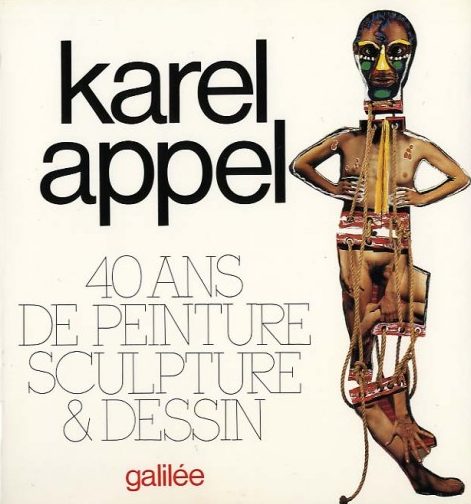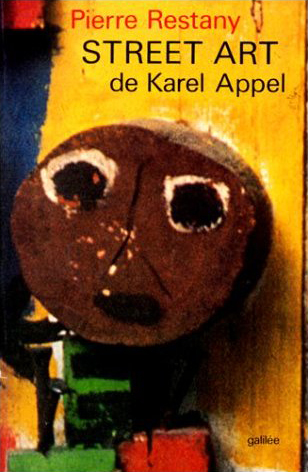Karel Appel, art as a celebration !
February 24 - August 20, 2017
Musée d'Art Moderne de Paris
Taking as its starting point a remarkable group of twenty-one paintings and sculptures donated by the Karel Appel Foundation in Amsterdam, the Musée d’Art moderne de la Ville de Paris is presenting an exhibition covering the artist’s entire career, from the CoBrA years to his death in 2006.
The cosmopolitan Dutch artist Karel Appel is known as one of the founding members of the CoBrA group, created in Paris in 1948 and self-dissolved in 1951. With members including Asger Jorn and Pierre Alechinsky, CoBrA set out to eclipse such contemporary academic forms as abstract art, which they saw as too rigid and rational. They proposed instead a spontaneous, experimental art that included various practices inspired by Primitivism. They were especially drawn to children’s drawings and the art of the mentally disturbed, and held fast to the international aspirations characteristic of the avant-garde.
Contemporary with Jean Dubuffet’s Art Brut et Compagnie, also founded in 1948, CoBrA was part of the same counter-culture, rejecting established values, calling for a fresh start freed of convention, and espousing the spontaneity of naive art.
Something of a nomad, Appel lived in a number of different countries. In 1950 he moved to France, where his work was actively backed by critics like Michel Ragon and Michel Tapié, who saw in his work the European equivalent of the Abstract Expressionist movement that had sprung up around Jackson Pollock.
Appel went on to work in a complex gestural vein. After a transitional period in the 1970s during which he moved back towards abstraction, the 1980s saw a return to the more painterly approach of the large polyptychs that are a high point of the show. The sculptures dotted through the exhibition include CoBrA bricolages and enormous baroque installations whose playfulness echoes the vitalism of the painted oeuvre.
The exhibition will include a large group of landmark works, among them the Carnet d’art psychopathologique and paintings and ceramic sculptures from the 1950s. The visitor then moves on to big installations from the 1970s and 1990s, and the exhibition closes with a little-known artistic testament painted just before Appel’s death in 2006.
Curator: Choghakate Kazarian
Read more

